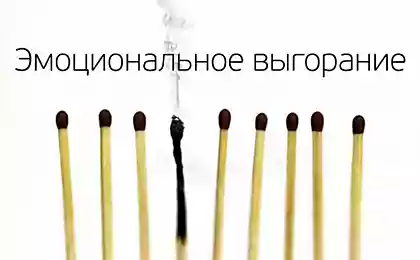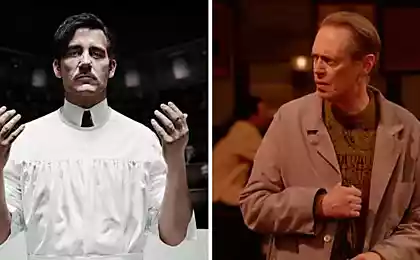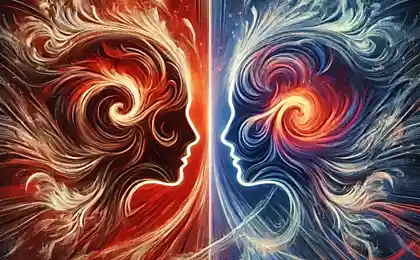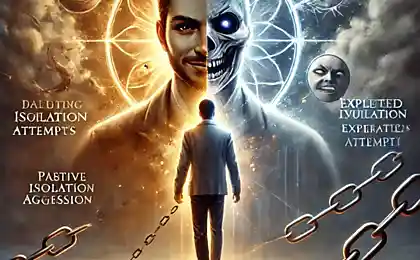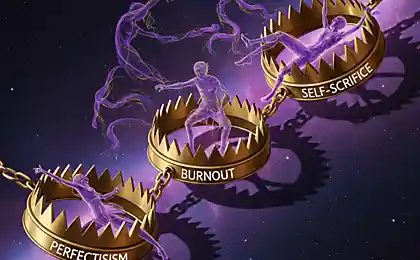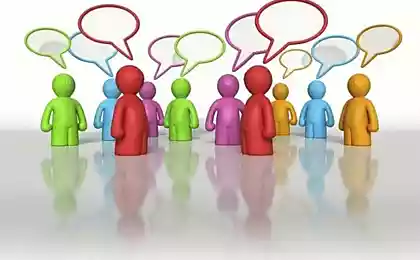22
10 Types of Friends That Turn Your Life Into Drama
Science-Based Guide to Toxic Relationships from the Tower Portal

Human relationships are a complex ecosystem where each participant influences the overall atmosphere. According to research in social psychology, toxic behavior patterns can spread in social groups like a virus, infecting healthy communication and creating chronic emotional stress.
Attention! Recognizing destructive behaviors is not an attempt to “diagnose” people, but a way to protect your mental health and build better relationships.
Ten Archetypes of Dramatic Relationships
1. Eternal Sacrifice (Victim Complex)
This archetype exhibits classic signs of learned helplessness, a psychological state first described by Martin Seligman. A person systematically avoids responsibility by shifting blame to external circumstances.
️ Defense strategy: Set clear boundaries for empathy. Offer specific solutions no more than twice. If suggestions are ignored, gently distance yourself from complaints.
2. The Instigator (Conflict Instigator)
Such individuals often suffer from attention deficit disorder in society. They initiate conflict as a way to feel meaningful and emotionally stimulated.
Conflict for the instigator is a drug. Without drama, they feel empty and worthless.
3. Classical Narcissist (Grandiose Narcissist)
According to the DSM-5, narcissistic personality disorder manifests itself in a grandiose sense of self-importance and lack of empathy. In friendly relationships, this is expressed in the constant interception of attention.
Use the technique of “gray stone” – become the most uninteresting interlocutor. Do not feed their need for admiration.

4. Informational Vampire (Gossip Spreader)
Gossipers use information as the currency of social influence. They create the illusion of intimacy by sharing “secrets,” but they actually destroy the trusting bonds within the group.
5. Triangulation Master (Triangulation Master)
Triangulation is a manipulative technique in which a conflict between two people intentionally involves a third party. This creates the dramatic Karpman triangle: Savior-Persecutor-Victim.
Opposition: Insist on direct dialogue. The phrase, “If you have a problem with me, let’s talk about it face to face” stops triangulation.
6. Envious Competitor (Envious Friend)
Friendship envy is a toxic form of social comparison. A person perceives the successes of friends as a personal defeat, which leads to the sabotage of relationships.
True friendship is manifested not in the fact that a friend shares your failures, but in the fact that he sincerely rejoices in your victories.
Psychological Roots of Dramatic Behavior
7. Catastrophizer (Catastrophizer)
Catastrophic thinking is a cognitive distortion in which a person automatically imagines the worst possible outcome. This creates chronic stress for the entire environment.
Use the 5-4-3-2-1 method: ask the person to name 5 things they see, 4 things they hear, and 3 things they feel. It brings it back to reality.
8. Chronically Disorganized (Chaos Creator)
Sometimes it is a manifestation of ADHD or other neurodiverse features. But it is often a way of shifting responsibility to others, using helplessness as a tool of manipulation.
9. The Attention Seeker (Attention Seeker)
Histrionic personality disorder is characterized by a constant need to be the center of attention. They dramatize events and use emotional outbursts as a way to control them.
Attention for them is not a luxury, but a vital necessity. Without an audience, they lose their sense of existence.

10. Master of Passive Aggressive Manipulator
Passive aggression is a way of expressing negative feelings through indirect actions instead of direct communication. This creates an atmosphere of constant uncertainty and tension.
¶ Resistance strategy: Call the behavior straightforward: I think you’re upset. Let's discuss it openly.” Don’t play guessing with their emotions.
A Scientific Approach to Healthy Relationships
Research by John Gottman suggests that the ratio of positive to negative interactions should be at least 5:1 to maintain a healthy relationship. Toxic people disrupt this balance.
The algorithm for creating healthy boundaries:1. Identify your emotional triggers
2. Establish clear communication rules
3. Practice Assertiveness Without Aggression
4. Don’t take other people’s projections personally.
5. Cultivate relationships that inspire you
Conclusions from the Tower Portal
Quality relationships are an investment in mental health. Don’t be afraid to let go of people who turn your life into an endless drama. Your emotional well-being is worth more than trying to “save” those who aren’t willing to change.
Glossary of terms
Toxicity in relationships
A pattern of behavior that systematically causes emotional harm to participants
Triangulation
A manipulative technique in which a third party is involved in a conflict between two people to create dramatic tension.
Passive aggression
The way to express negative emotions through indirect actions: sarcasm, silence, “accidental” forgetting
Narcissistic disorder
A psychological state characterized by a grandiose sense of self-importance and a lack of empathy
Catastrophe
Cognitive distortion in which a person automatically presents the worst possible outcome
Dramatic Carpman Triangle
A psychological model describing three roles in dysfunctional relationships: Savior, Persecutor, Victim
Emotional burnout
A state of physical and emotional exhaustion resulting from chronic stress in interpersonal relationships
Assertiveness
Ability to articulate your needs and boundaries without aggression or passivity



